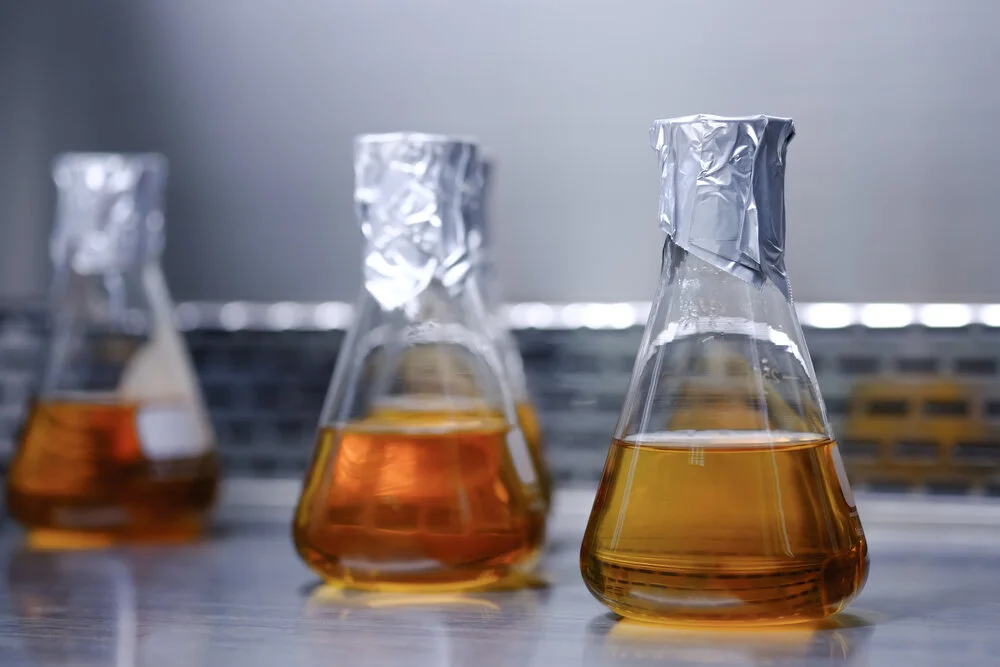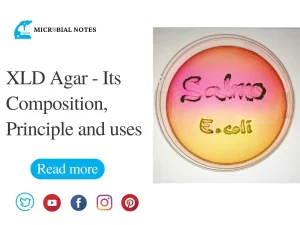Introduction
Tryptic Soy Agar (TSA) is a versatile and widely used medium in the field of microbiology. This agar, developed in the mid-20th century, has played a crucial role in the isolation, cultivation, and identification of various microorganisms. Understanding the history, composition, properties, and applications of TSA is essential for researchers and professionals working in microbiology. In this article, we will delve into the fascinating world of TSA, exploring its origins, components, principles, and practical applications.
History of Tryptic Soy Agar
The roots of Tryptic Soy Agar can be traced back to the pioneering work of a microbiologist named R.R. Dubos. In the 1940s, Dubos sought to develop a nutrient-rich medium capable of supporting the growth of a wide range of microorganisms. His goal was to create a versatile medium that would enable the cultivation and study of bacteria from various sources, including clinical specimens, environmental samples, and food products. Through his meticulous research, Dubos formulated the basis for what would later become known as Tryptic Soy Agar.
Composition of Tryptic Soy Agar
Tryptic Soy Agar is a complex medium composed of several key ingredients that provide the necessary nutrients for microbial growth. Its formulation is designed to support the growth of a broad spectrum of microorganisms, making it a valuable tool in the laboratory. The primary components of TSA include:
- Tryptone: Tryptone is a hydrolyzed casein derivative that serves as a source of amino acids. It provides essential nitrogenous compounds necessary for the synthesis of proteins, enzymes, and other cellular components by microorganisms.
- Soybean Meal: Soybean meal is a rich source of vitamins, minerals, and carbohydrates. It enhances the nutritional value of TSA, promoting the growth of fastidious organisms that require additional nutrients beyond those provided by tryptone.
- Sodium Chloride: Sodium chloride, or salt, is incorporated into TSA to maintain an optimal osmotic environment for microbial growth. It helps to prevent osmotic stress and facilitates the transport of essential molecules across bacterial membranes.
- Agar: Agar, derived from seaweed, is a gelatinous substance that solidifies the medium. It provides a solid surface for microorganisms to grow on, allowing for the isolation and enumeration of bacterial colonies.
Principle of Tryptic Soy Agar
The principle behind Tryptic Soy Agar lies in its ability to provide a rich source of nutrients for the growth of a wide range of microorganisms. The combination of tryptone and soybean meal supplies essential amino acids, carbohydrates, vitamins, and minerals, creating an environment conducive to bacterial proliferation. The sodium chloride content ensures osmotic equilibrium, preventing cell damage. Moreover, the solidification of the medium with agar allows for the isolation and enumeration of individual bacterial colonies.
Procedure of Tryptic soy agar
To prepare Tryptic Soy Agar, the following steps are generally followed:
- Weigh the 40 g for 1 L or appropriate quantities of tryptone, soybean meal, and sodium chloride depending upon the manufacturer’s Recepie.
- Dissolve the ingredients in distilled water while heating and stirring to ensure complete dissolution.
- Adjust the pH of the solution to around 7.3 using a suitable pH indicator and a base or acid solution.
- Autoclave it at 121 C for 15 minutes
- After sterilization, cool the agar solution to approximately 45-50°C.
- Pour the agar into sterile petri dishes, ensuring an even distribution.
- Allow the agar to solidify at room temperature or in a controlled environment.
- Store the prepared agar plates in a cool place until required for use in microbiological experiments or analyses.
| Bacteria | Colony Characteristics |
| Escherichia coli | Small, smooth, and pale colonies |
| Staphylococcus aureus | Large, golden-yellow colonies |
| Enterococcus faecalis | Small, grayish-white colonies |
| Pseudomonas aeruginosa | Large, greenish colonies with a fruity odor |
| Bacillus subtilis | Large, cream-colored colonies with wrinkled appearance |

Applications of Tryptic Soy Agar
Tryptic Soy Agar finds extensive use in various microbiological applications due to its versatility and ability to support the growth of diverse microorganisms. Some key applications include:
- Isolation and Cultivation: TSA provides a nutrient-rich medium for the isolation and cultivation of bacteria from clinical specimens, environmental samples, and food products. Its broad spectrum of nutritional components supports the growth of both fastidious and non-fastidious organisms.
- Enumeration of Bacterial Colonies: The solid surface of TSA facilitates the enumeration and characterization of individual bacterial colonies. This is particularly useful in microbial ecology studies, food microbiology, and quality control analyses.
- Antibiotic Susceptibility Testing: TSA serves as a reliable medium for antibiotic susceptibility testing, allowing researchers and clinicians to determine the effectiveness of antimicrobial agents against different bacterial strains.
Limitations of Tryptic Soy Agar
While Tryptic Soy Agar offers numerous advantages, it is important to acknowledge its limitations. Some of the key limitations include:
- Selectivity: TSA is a non-selective medium, meaning it supports the growth of a wide range of microorganisms. This can make it challenging to isolate specific bacterial strains from mixed cultures without the use of additional selective agents or supplements.
- Differential Capabilities: TSA does not contain specific additives that enable the differentiation of bacterial species based on their biochemical or physiological characteristics. Thus, further tests or media may be required to identify and classify microbial isolates.
Conclusion
Tryptic Soy Agar has stood the test of time as a fundamental tool in microbiology. Its rich composition, versatility, and ability to support the growth of diverse microorganisms make it indispensable in the laboratory. From its historical roots to its practical applications, TSA continues to be an essential medium for the isolation, cultivation, and characterization of bacteria. By understanding its composition, properties, and limitations, researchers and professionals can harness the power of Tryptic Soy Agar to explore the intricate world of microorganisms.
References:
- Dubos, R. J. (1947). The nutritional properties of a peptone produced by the action of pancreatin on casein. The Journal of Experimental Medicine, 85(2), 163–175.
- Atlas, R. M. (2010). Handbook of microbiological media. CRC Press.
- https://www.dalynn.com/dyn/ck_assets/files/tech/PB81.pdf







